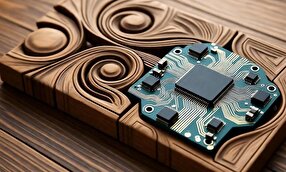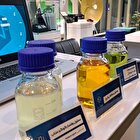Iranian Company Supplies Nano-Based Disinfectant, Wound-Healing Products

One of the important achievements of the company is the production of disinfectant products, which are designed and manufactured based on silver nanocolloid technology and can destroy a wide range of pathogens, including bacteria and fungi. These products are available in various types, including wound, burn, hand, surface, medical device and skin disinfectant solutions.
By producing hemostatic products, the company has taken a major step in the management of severe and uncontrollable bleeding. These products are designed to quickly stop arterial, venous and capillary bleeding in various conditions, including trauma, surgery, dentistry and nosebleeds.
The company has revolutionized the field of wound healing by producing bioactive dressings based on chitosan. Chitosan is a natural polysaccharide extracted from the shells of marine crustaceans and the cell walls of fungi. It is recognized as one of the most important natural materials in modern medicine due to its antimicrobial properties, biocompatibility, and ability to accelerate wound healing.
In a relevant development in 2023, another nanotechnology company in Iran had also succeeded in production of a group of disinfectant solutions based on silver nanoparticles.
‘Keyfiat Tolid Takapo’ company has manufactured the group of disinfectant solutions which contain different concentrations of silver nanoparticles as an antibacterial agent.
The products include wound disinfectant solution suitable for the burning injury, hand sanitizer, disinfectant solution for injection site, disinfectant solution for rinsing tools and instruments, disinfectant solution for rinsing surfaces and floors, disinfectant solution for mouthwash, disinfectant solution for car first aid kit, disinfectant solution for advanced first aid kit, disinfectant solution for portable first aid kit and hand sanitizer foam.
The addition of silver nanoparticles to the solutions in different concentrations has led to stronger antibacterial activity.
4155/v





















